Microplastics stay in the human respiratory tract
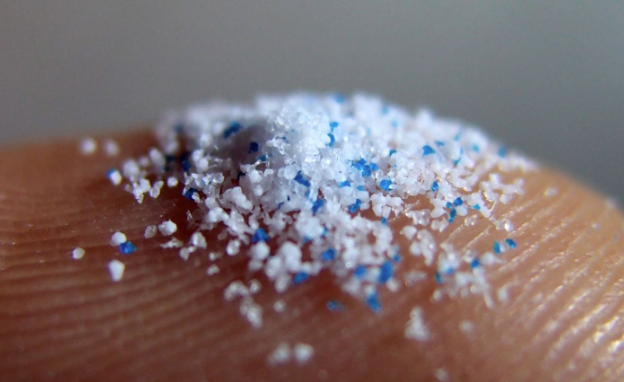
Hey, what’s up, curious people! Today we are going to talk about a topic that will open your mind: the microplastics that stay around in our respiratory tracts. Humans inhale around 16.2 bits of microplastic per hour – that’s the equivalent of a credit card for an entire week! What a party in our lungs! These microplastics are those tiny bits of trash that are generated when plastics break down in the environment. But beware, they are not just harmless bits, they often come with contaminants and toxic chemicals inside! We don’t want that hanging around in our airways!
Some super-clever scientists from different universities decided to investigate how these microplastics move and get stuck in our noses and throats. For that, they used a computational supermodel that simulates the fluids in our respiratory system. So they were like playing a video game with microplastics! What they discovered was that microplastics tend to accumulate in “hot” places in our noses and throats. Yes, yes, our respiratory passages have their favorite places for them to hang out, like favorite corners of your room. How vicious, those microplastics!
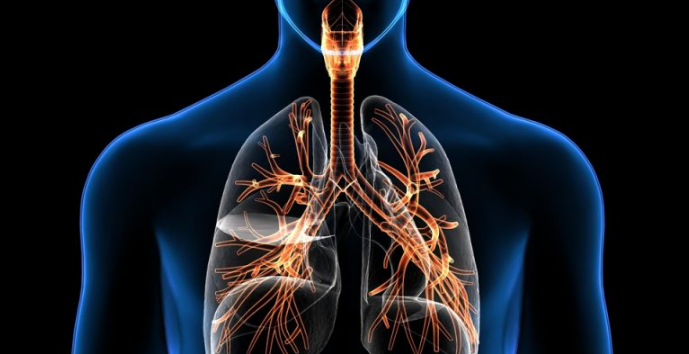
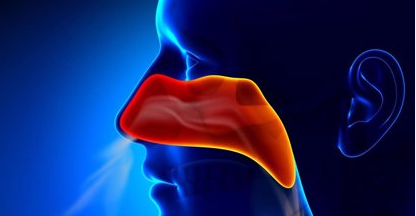
And don’t believe, uh, the way we breathe and the size of the microplastics also play a role in all of this. If we breathe faster, there is less chance of them staying in us and larger microplastics are more likely to lodge in our airways than smaller ones. It seems that microplastics also have their preferences!
In summary, this study shows us that microplastics are more intrusive than we imagined. If we live in areas with a lot of plastic pollution or industrial activity, we have to be especially careful about these unwanted guests in our lungs. Let’s keep them at bay! Hopefully these results will help develop better medical devices and better understand the risks to our health. The idea is that we become aware of the presence and possible impacts of these microplastics in the air we breathe. We don’t want to host a party of microplastics in our lungs, do we?!
In the future, the scientists plan to further analyze the transport of microplastics in a large-scale lung model, taking into account details like humidity and temperature, let’s see what else they find out about this crazy adventure of microplastics.

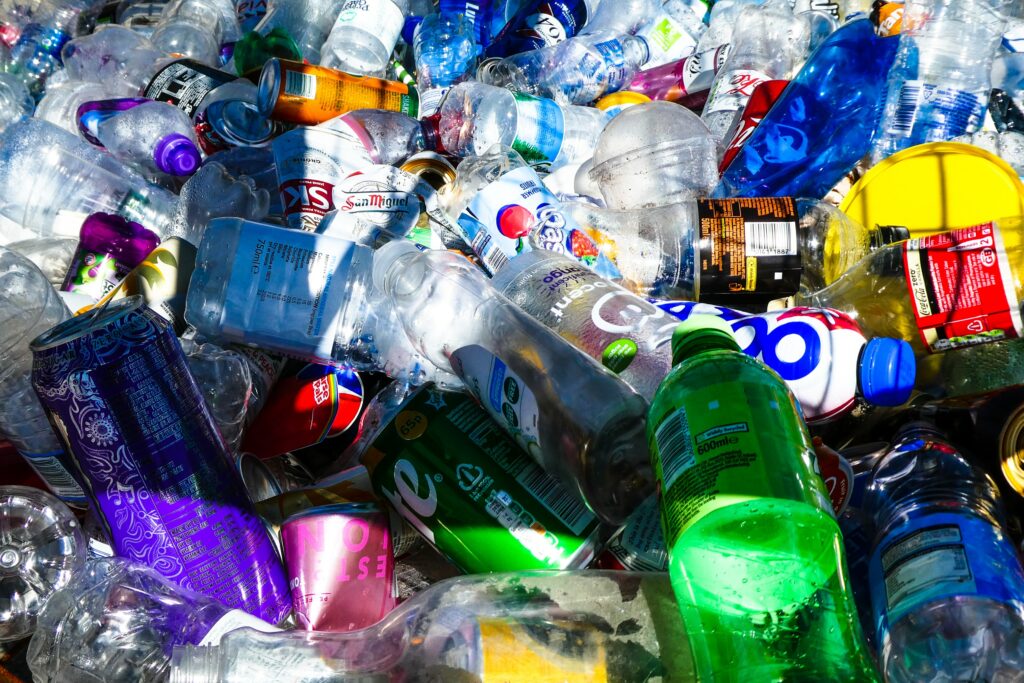
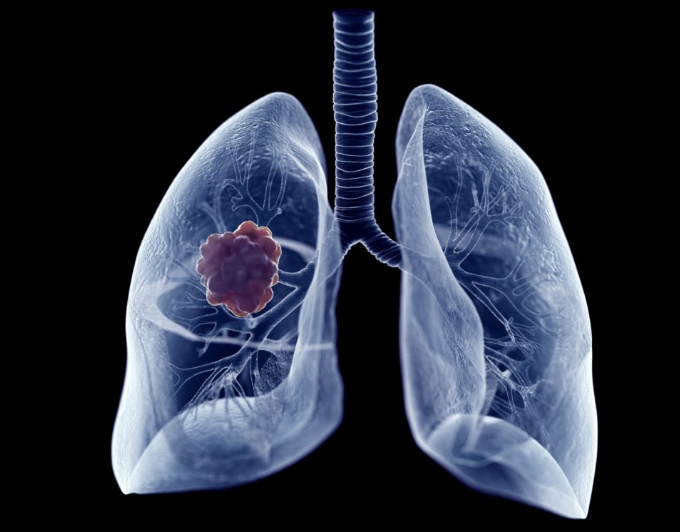
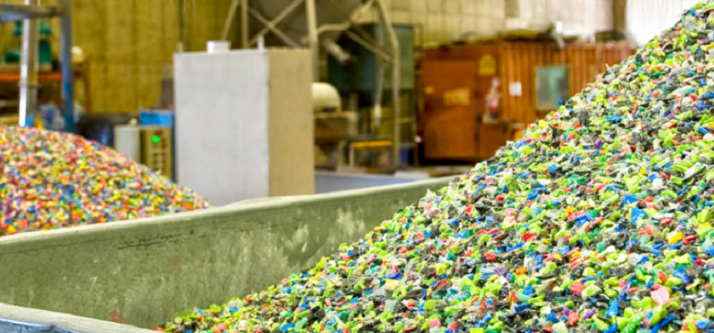

Responses